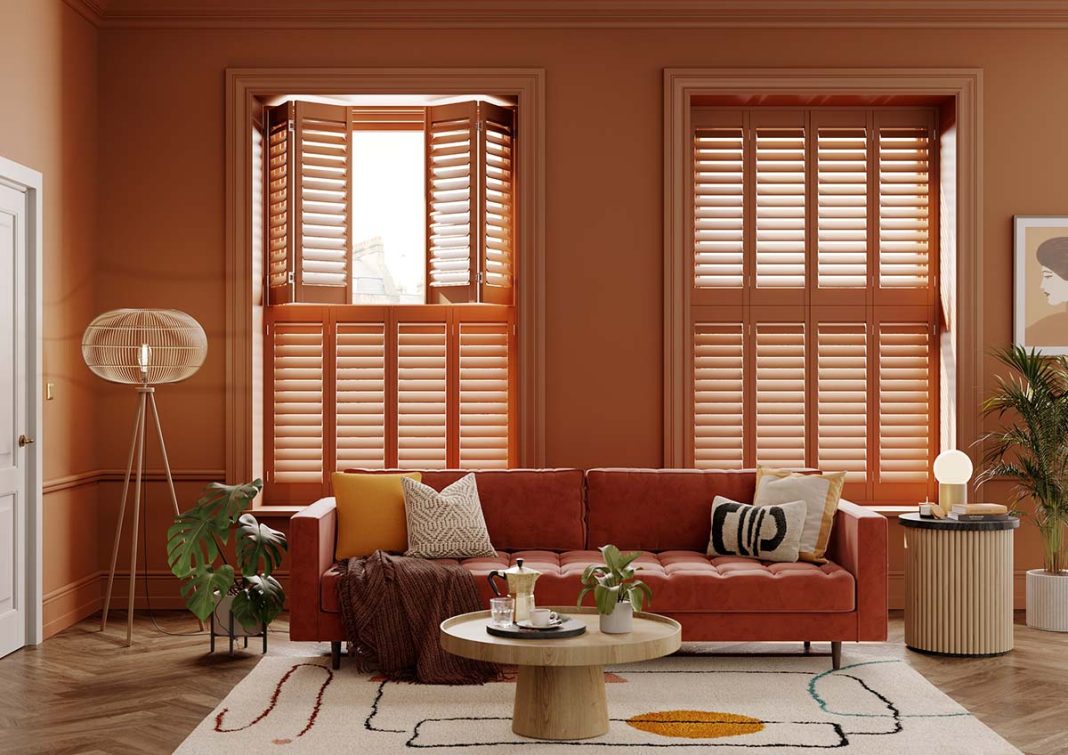Naked windows leave a room feeling unfinished, so dress to impress with curtains, shutters and blinds in plain colours or wild patterns
How to dress windows with curtains
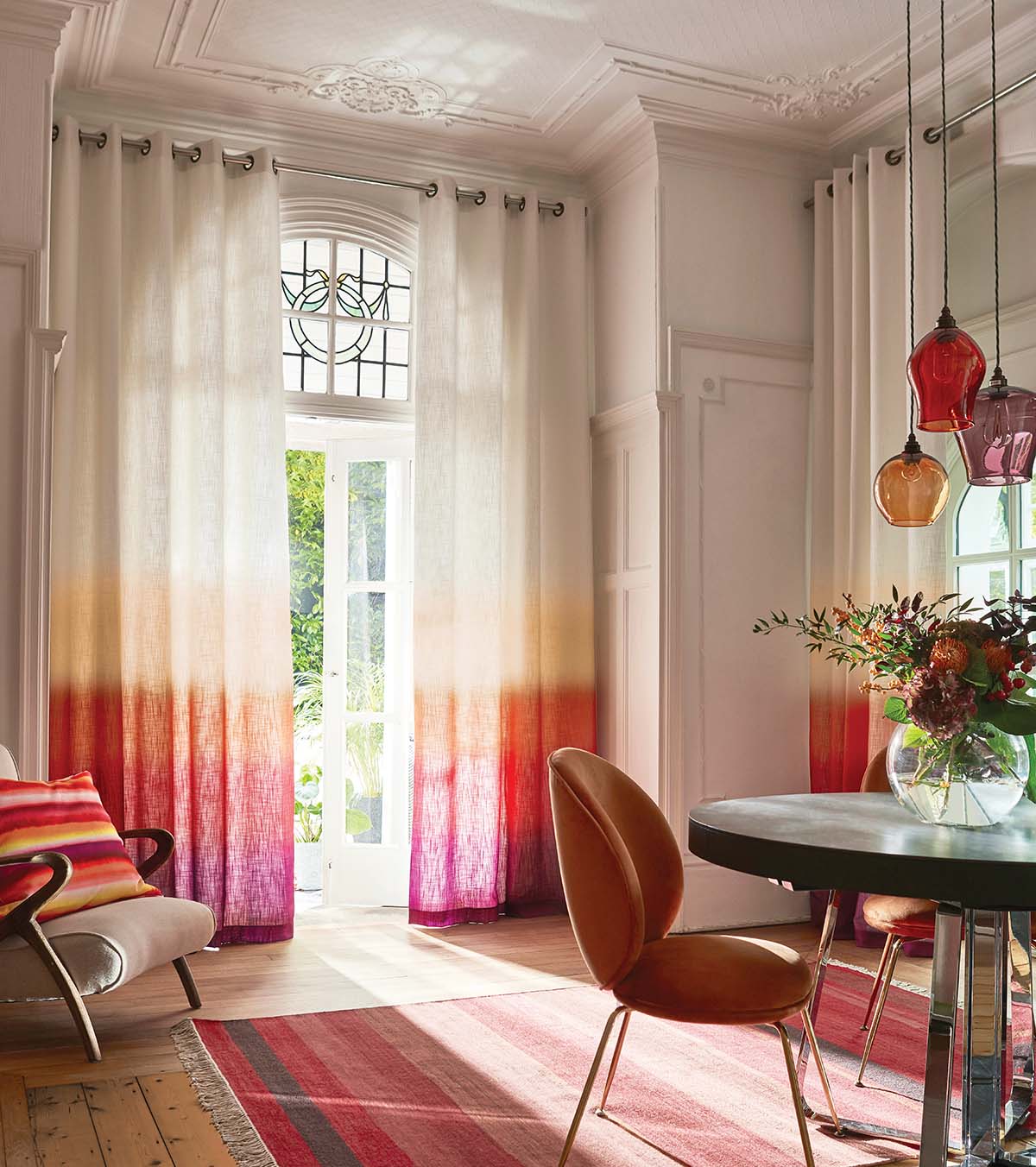
Our ancestors might not have had windows, but they would have draped animal hides across the entrance to their caves or mud huts. We still like our curtains to have a functional element (keeping out draughts and prying eyes) but it’s fair to say we probably pay more attention to how they look and how they can enhance a room.
There’s an infinite variety of designs available. Take Glasgow-based No Rules Wallpaper, which has recently diversified into fabric. Unlike most of its rivals, the brand’s patterns don’t repeat, and that’s deliberate – to avoid waste.
The collection also comes in much longer lengths, to cater to the higher ceilings of Scotland’s traditional tenements. You can get electric or battery-operated blinds and curtain tracks too. “These open and close at the touch of a button or are programmed to your needs,” says Jo Aynsley of Jeffreys Interiors. “We’ve recently installed voice-activated curtains for a client – a fantastic option if you have reduced or limited mobility.”
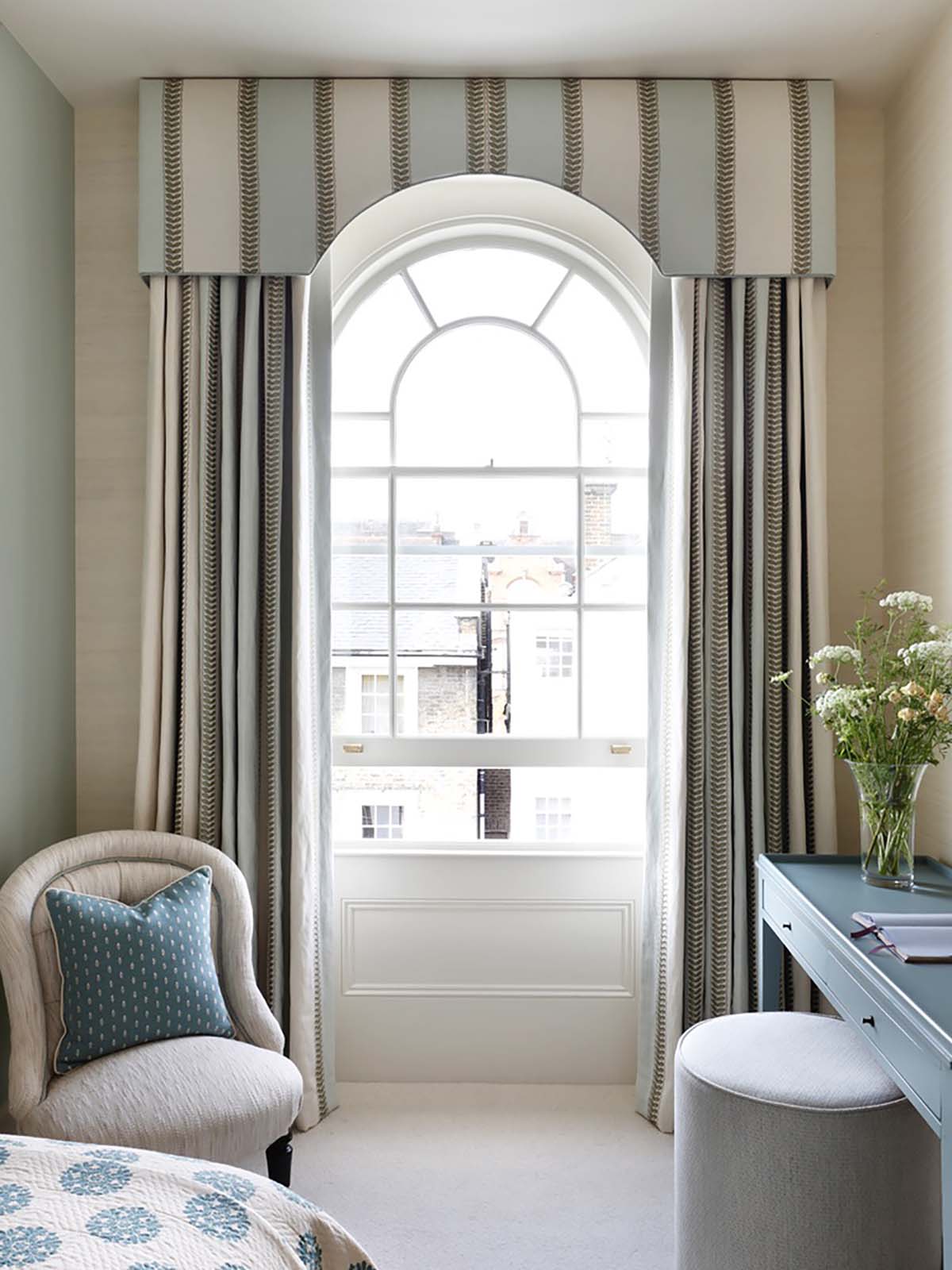
If a bare window yawns in front of you, Jo has some good advice: “Start by thinking about how you use the room and any architectural details that might impact your choices. Tall windows equate to large curtains or blinds, which means a lot of fabric and labour. Think carefully about colour and pattern; choose something that will stand the test of time stylistically and could be versatile in a new scheme if you wanted to redecorate down the line. Window treatments done well can outlive many a room transformation.”
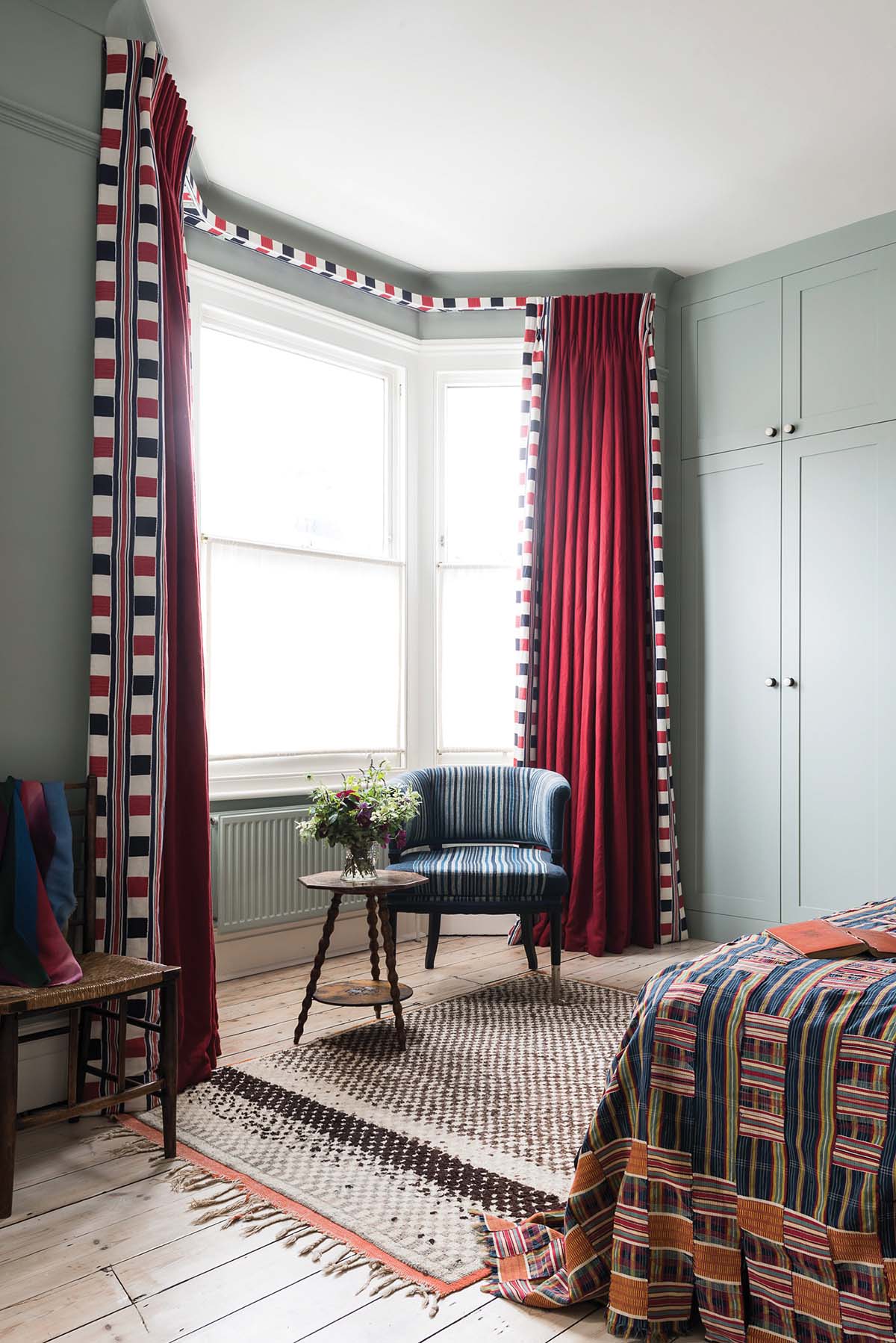
For tenements, Jo recommends fitting the track or pole as high as possible to lead the eye up to those towering ceilings. In an overlooked new-build, she suggests a double layer: sheer curtains or blinds for privacy, with a heavier, blackout material in the bedroom for a good night’s sleep. Finally, for a draughty cottage on a windswept isle, she would opt for heavy or interlined curtains running floor to ceiling to keep out the chill.
How to dress windows with shutters
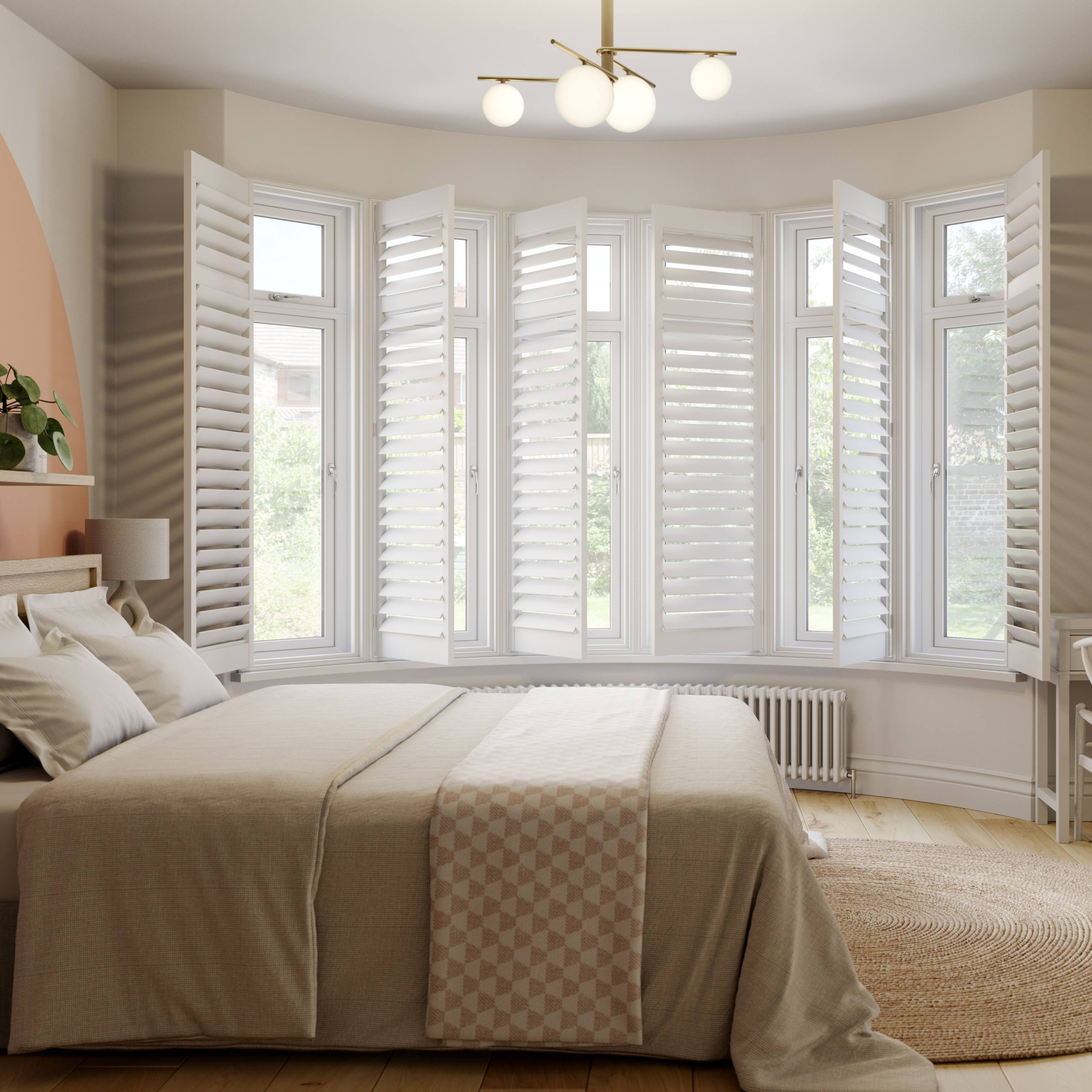
Curtains might be appropriate for the bedroom and living room, but you may want to look elsewhere for other, more hardworking rooms in your home. “Shutters are typically made from materials such as hardwood, faux wood or polyvinyl,” says Sally Denyer of Shutterly Fabulous. “The latter two in particular offer increased durability and resistance to moisture, so are often used in kitchens and bathrooms.”
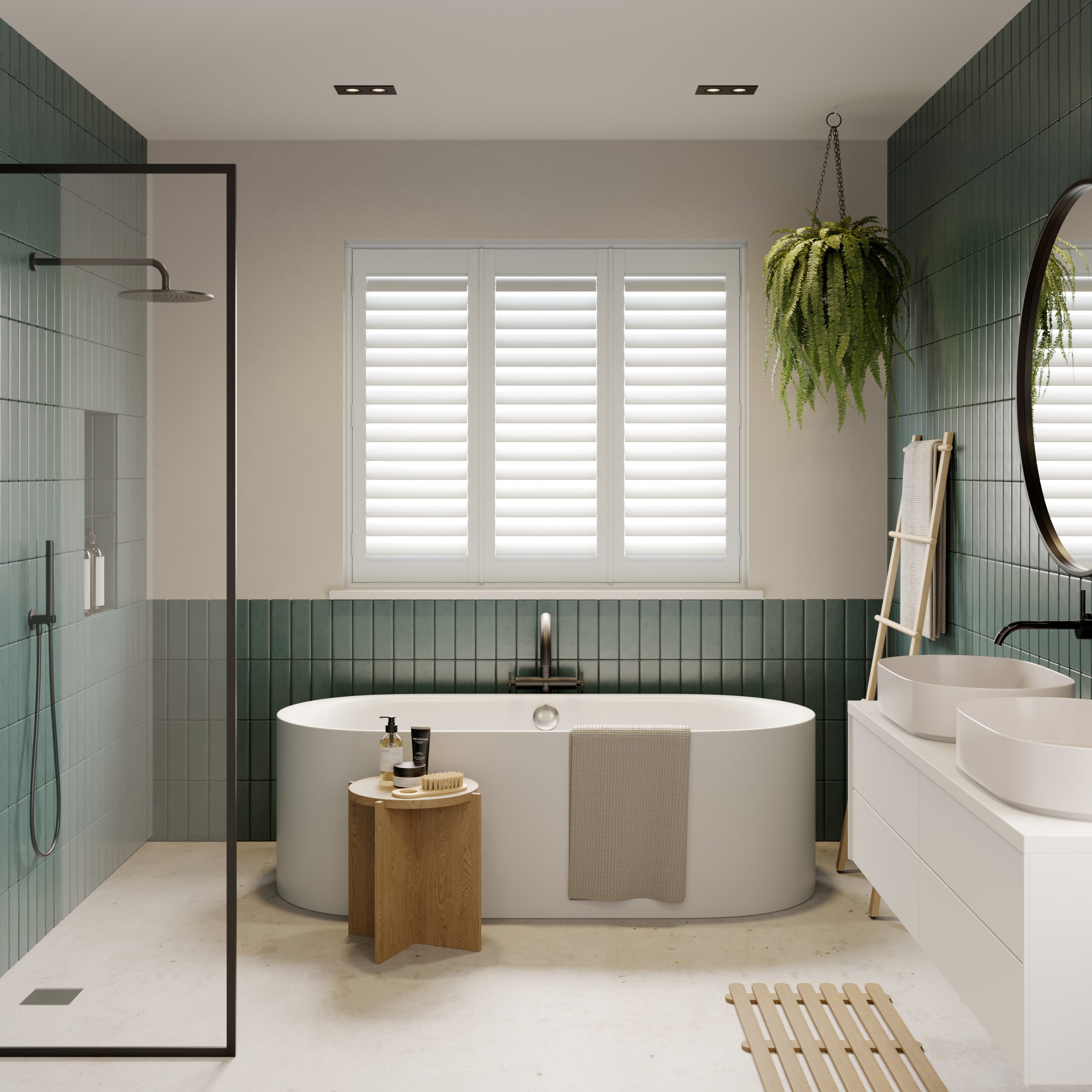
Eco-friendly materials and contemporary designs are becoming more widely available, and there’s a phenomenal selection of colours out there too. As well as aesthetic appeal, Sally points out the practical benefits you get: “Shutters provide added security to your windows, deterring intruders. Also, since they don’t have any potentially dangerous cords or strings, they’re a sensible choice for households with young children. They can help to reduce outside noise when closed, and are a big bonus for potential buyers.”
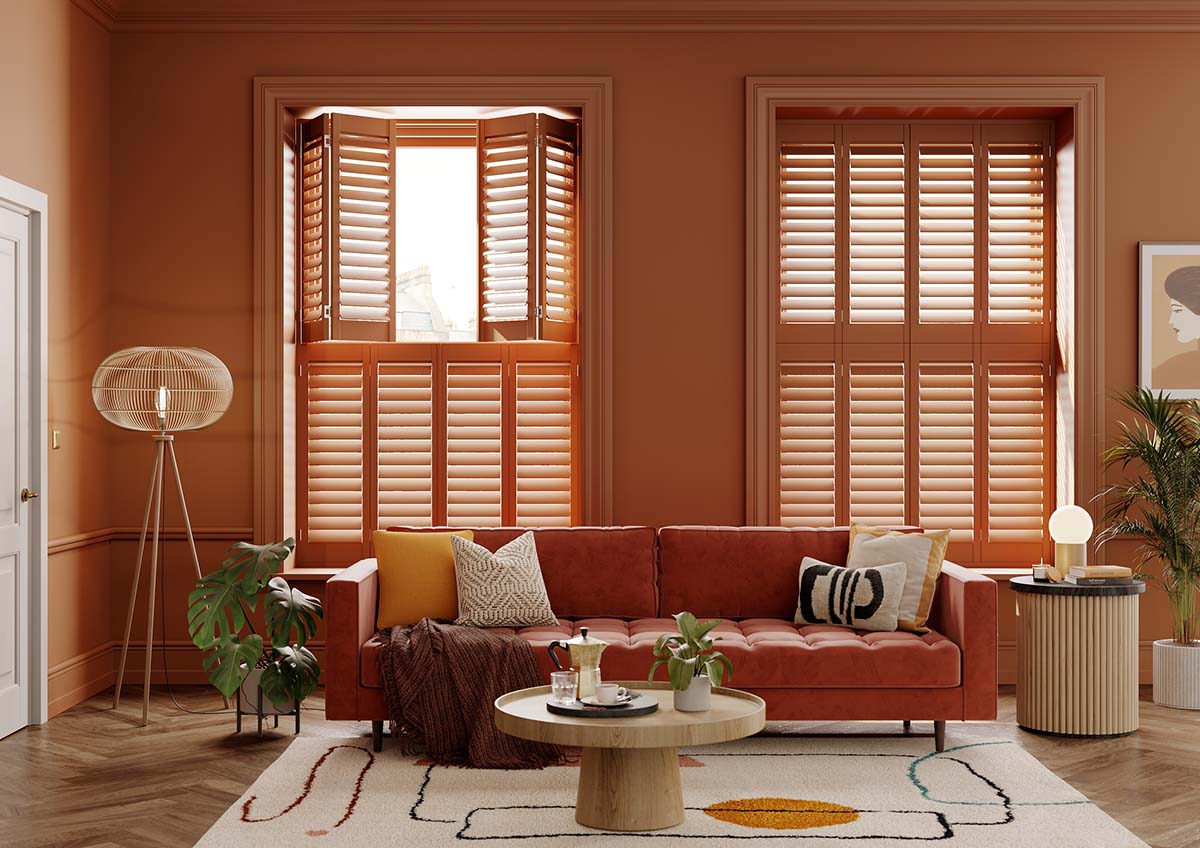
If you live in an older property, your home may already have working shutters, although watch out for misleading decorative panels – a hinge at the window pane is an indication you have the real thing, even if it has been painted over. “A lot of traditional flats have working shutters,” agrees Jo.
“If you want to continue using them, this can eliminate the need for curtains. Meanwhile, bespoke shutters are a good solution for tricky apex windows, as it makes for a more contemporary, architectural look.” Of course, there’s nothing stopping you from stacking different window coverings – shutters with a sheer roller blind mounted above, and beautifully draped curtains encompassing the whole window. Get playful and experiment with layering shades or textures.
How to dress the area around your window seat
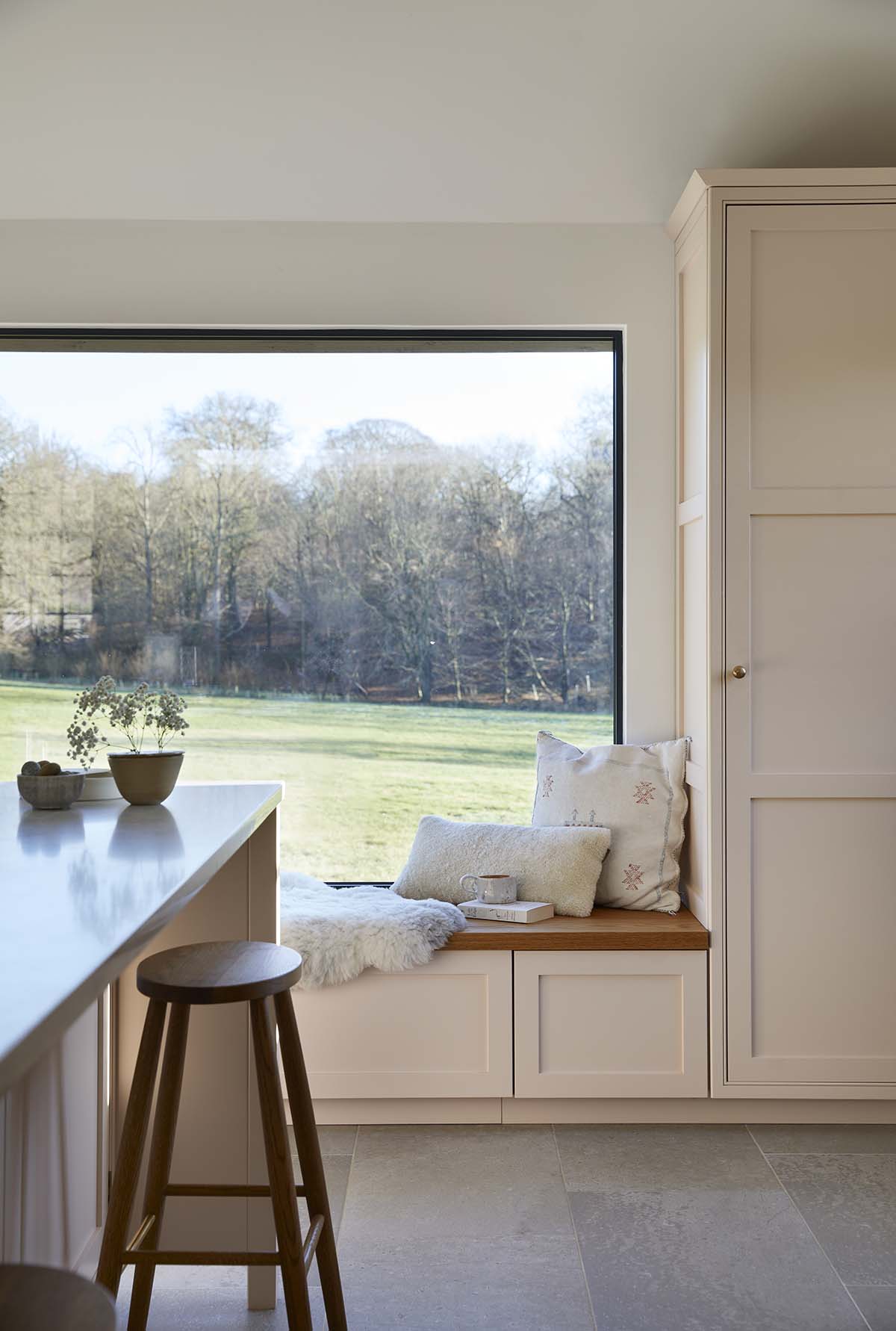
The star of many a period drama, the window seat continues to be popular. Aside from providing an undeniably romantic spot to read, it can have storage built into the seat, and there are so many different styles for the design that it’s easy to squeeze one into any scheme. “A window seat should be as comfortable and welcoming as possible to encourage you to sit there,” says Jo of Jeffreys Interiors.
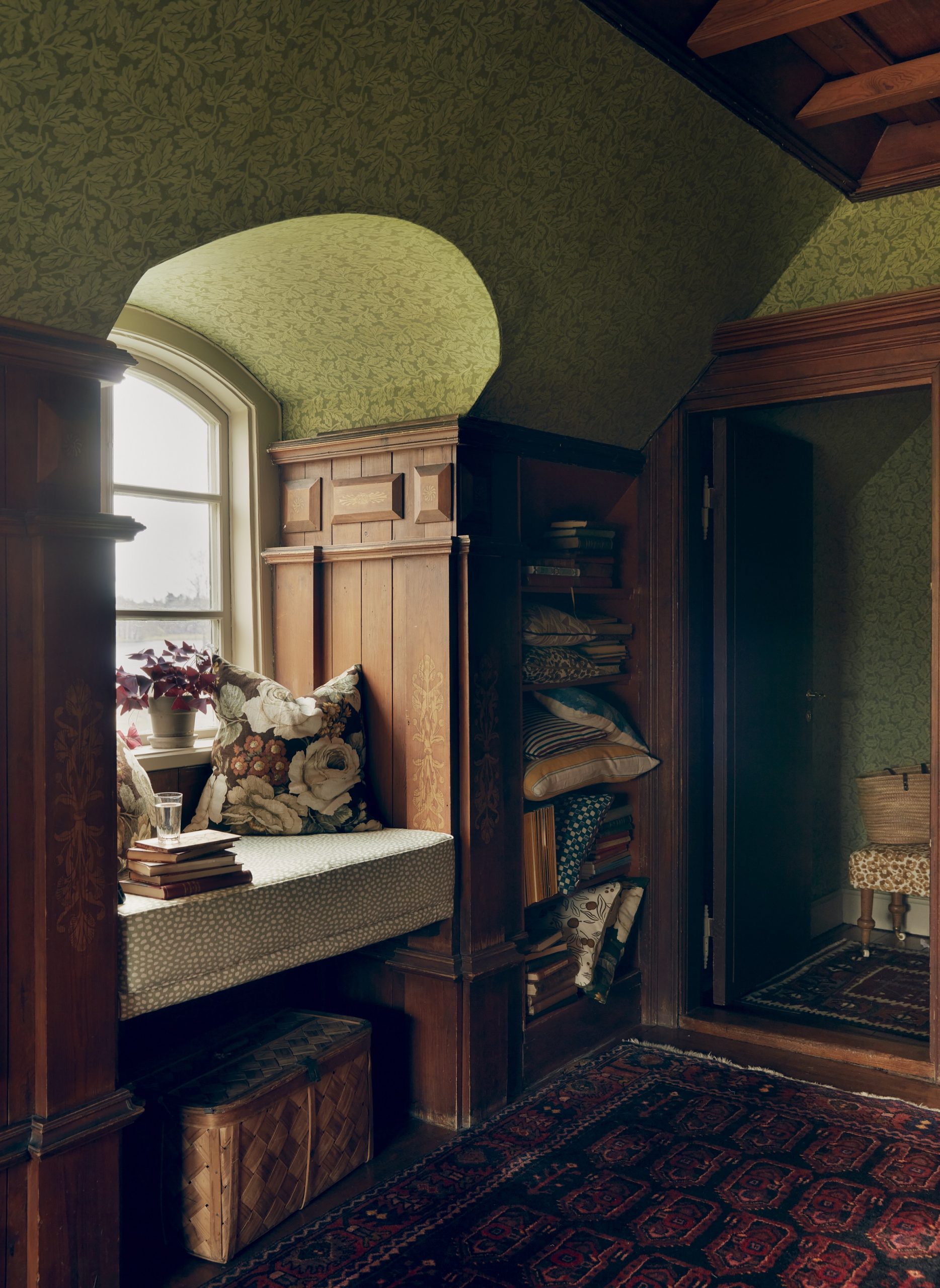
“Opt for a nice deep seat cushion covered in a fabric that has a little give in it, instead of a harder leather, for example. Don’t forget something for your back, whether that’s a fixed cushion or loose scatter cushions. I prefer the latter as they give more options for comfort and styling.”
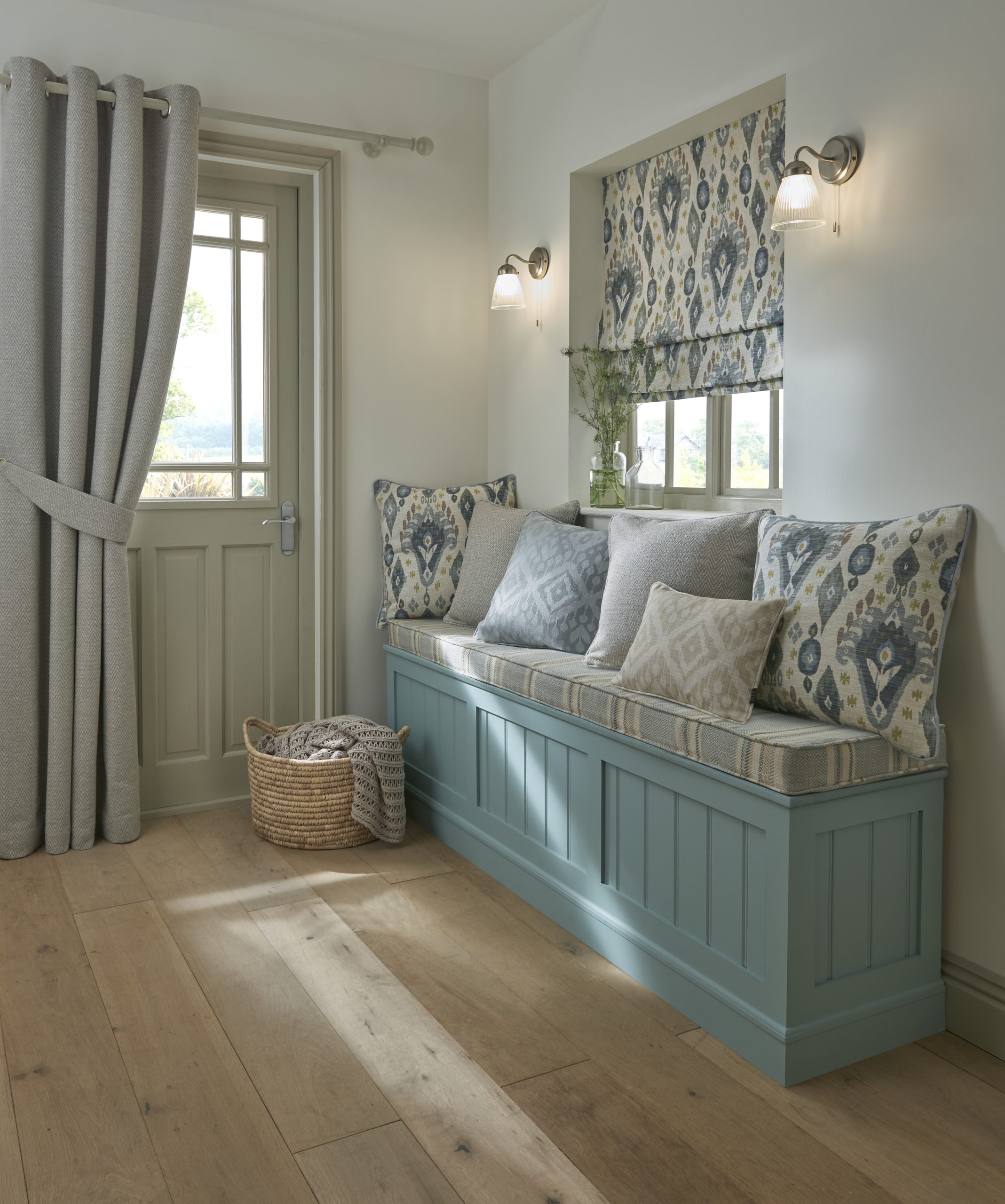
All of the above spaces prove that you don’t need heaps of room to create a cosy nook, just a bit of imagination and a window with a view.


